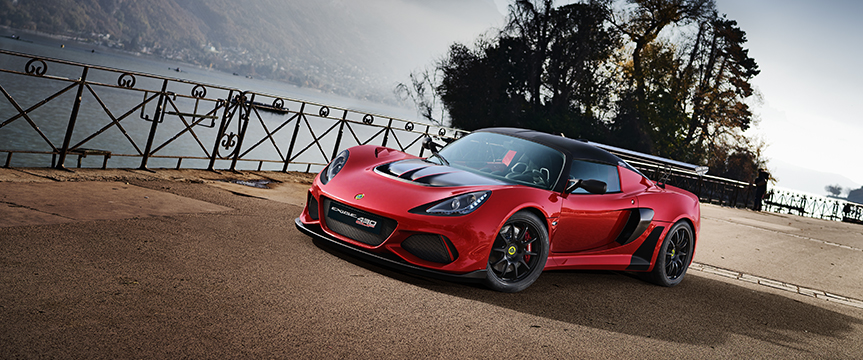The art of recreating a car in CGI

Recreating a car in CGI: Cars are a work of art. From the body lines to the composition of the headlight, every section has been meticulously crafted and thought through to a level Picasso would be proud of. But this isn’t a one-off artwork, these are marketable products, open to being altered by a customer. So no matter what, you need to ensure the designer’s vision is still represented accurately.
If you work with an external company to develop CGI assets – be they for adverts or a configurator – you want someone who can represent that vision. Anyone can take the CAD data to recreate the car, but if you want the feel to be correct, you need to recreate the passion of the designer.
The bigger picture
That CAD data is the start of the journey. With it, a CG production company can accurately recreate every minute detail.
Understanding how best to represent goes beyond its form. It is about understanding the car, the brand, how best to show the lines, the details, the blood, sweat, and tears gone into creating the beauty that stands before you. What separates the good from the great is their dedication to realising the why of the car.
The audience. The market. The picture. To deliver the best, they have to become an extension of your id. In the case of the configurator, they might have to integrate with your wider system, capable of being a sales platform that can easily translate the buyer’s preferences in a way that still instils the emotional connection. They aren’t just modelling the car; they are digitally recreating the entire process, down to the individual stitch.
The smaller details
And you know what they say about that: the devil’s in the detail. Using just the CAD data would give you a pristine CG model. That isn’t necessarily a good thing. Part of creating the best CG assets is making something that looks real. During the buying process, you don’t want consumers to spend their time questioning whether or not what they are seeing is real.
Translating the car into a CG model means making it look real in the most literal sense. It means recreating the exact stitching on the seats, to the point where you can see the leather stretch. It means taking the texture of the fabric and materials and demonstrating the feel of it. Hours of craftsmanship go into the real-world models, sometimes in areas you might never see, such as the texture on the back of the paddles affixed to the steering wheel. Let’s use this medium to enlighten the customer on exactly what they are about to receive.
The attention to detail should carry over to every area. For instance, the paint shouldn’t just show that it has metallic flakes in it that give it that lustrous shine. In reality, the flakes can be of varying sizes and shapes, influenced to lie a particular way. The top coat can be candied to enhance the lustrousness, all of which is more than just a pretty wet line. The realisation of these elements goes towards turning some metal into that aforementioned work of art.
Done right, by the end you’ll have more CG assets than a movie has frames. The entire process is reminiscent of the attention to detail you’d find in a multi-million dollar Hollywood production.
All of this can take time, though nowhere close to the manufacture of the real thing. But you need someone who can work with your schedule to deliver according to your roadmap. Whether you’re aiming for a car launch or a motor show, a brochure or a configurator, these CG assets need to play their part as an important cog in your marketing and sales campaign. Nothing can go wrong. And with the right people, it won’t.
At RealtimeUK, we know that recreating a car in CGI takes more than polygons. We have a history of delving into our clients’ wants and needs. We are an extension of your company. If you would like to discuss your upcoming project, get in touch with me at [email protected].


